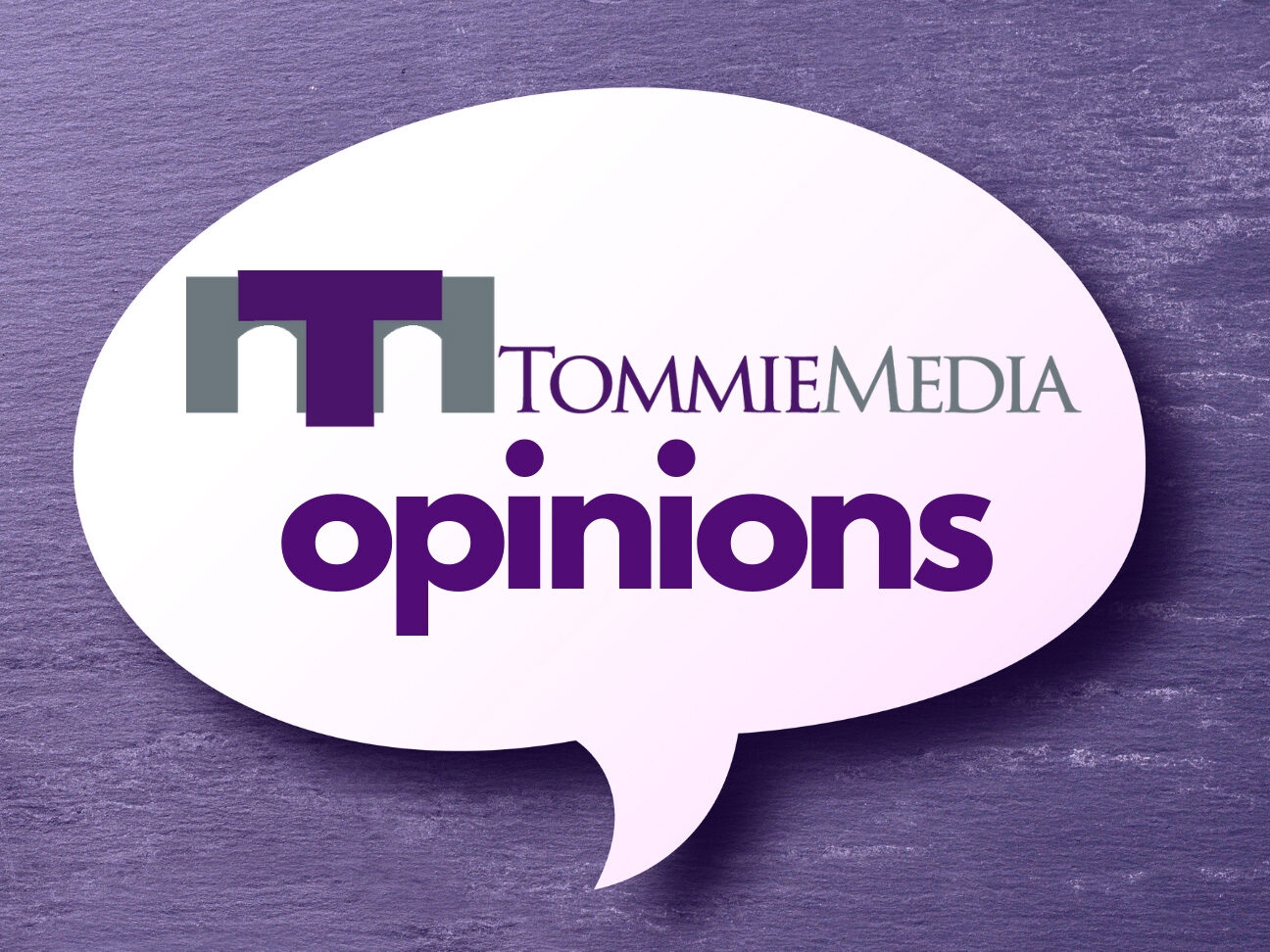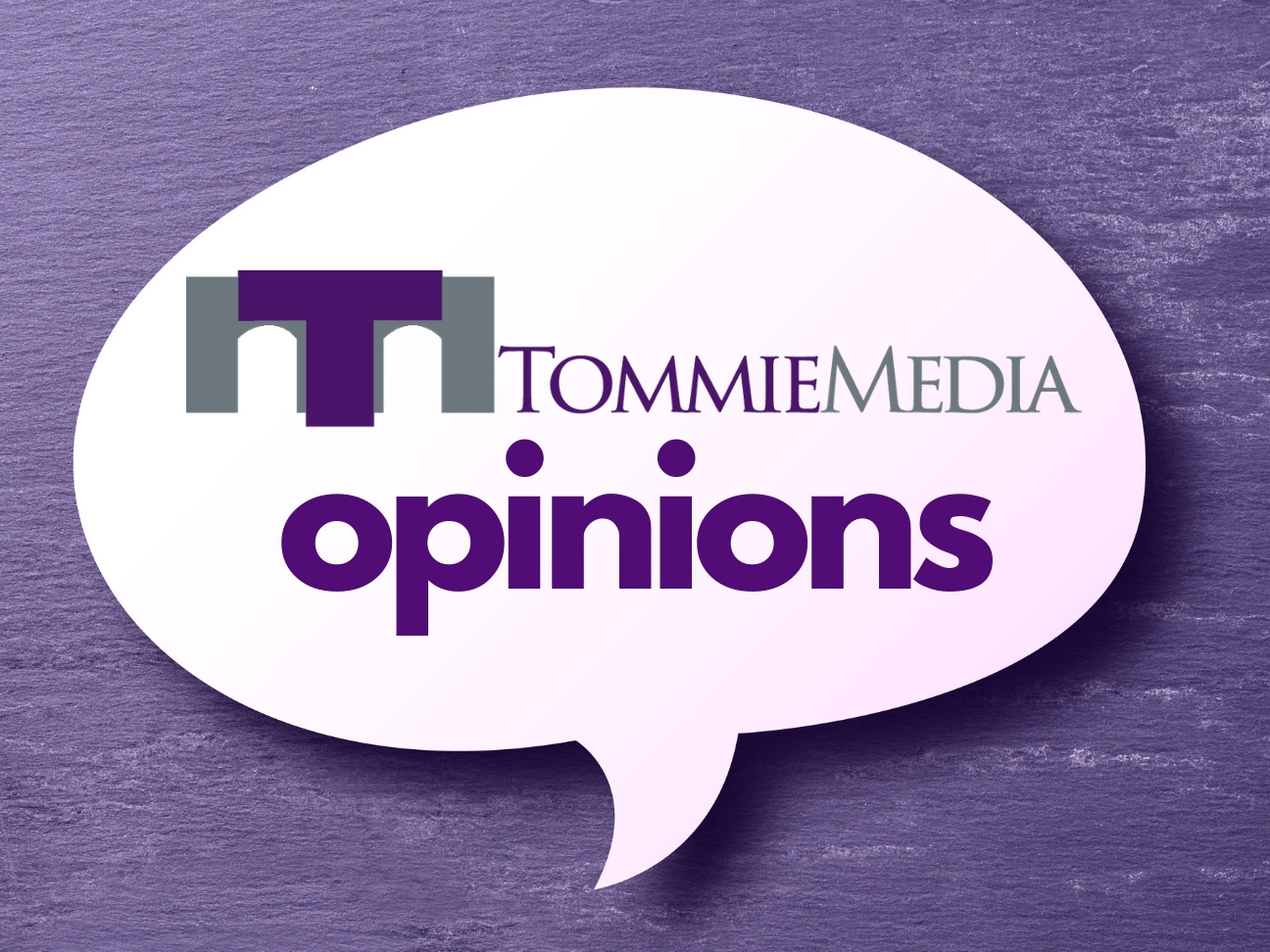Science’s understanding of the mind is constantly expanding. With that growth, we can better define and recognize mental illnesses and disorders. Naturally, this accumulation of knowledge leads to an increase in diagnoses of mental illnesses. In turn, this raises a lot of questions: Are there actually more cases? Does the increased research and information allow for symptoms to be better detected and diagnosed? Are diagnoses made too quickly? Is medication the first avenue of health? Should medication be the first avenue of help?
These questions can be applied to any mental illness or disorder, but in particular, the high diagnosis rate of ADHD in America raises them the most.
ADHD, or attention-deficit/hyperactivity disorder, is characterized by the chronic presence of behaviors such as fidgeting, wavering attention, restlessness, hyperactivity and more. In order to be classified as a disorder, these behaviors need to impair a person’s functioning or daily activity, and a person may fall behind normal development for their given age.
ADHD symptoms can appear as early as young as three years old, according to the National Institute of Mental Health. However, most diagnoses aren’t made until adolescence or early adulthood.
In 2016, the CDC reported that 6.1 million kids between the ages of two and 17 have been diagnosed with ADHD. Between 2003 and 2011, the rate of diagnoses was up by 42%, purportedly due to the rising awareness surrounding the disorder among doctors, parents and schools, according to the CDC.
But again, is this the result of an increase in the disorder or just more diagnoses?
The criteria for diagnosing ADHD has expanded, along with the growth of understanding surrounding the disorder. However, I wonder if doctors are too quick to diagnose.
Many children are diagnosed with ADHD in elementary and middle school. Part of this could be due to the long school days. The average American school day is six and a half hours with the majority of time completing class work, during which kids are expected to sit in their seats, listen to their teachers and learn.
The traditional model is not always well-suited to a child with ADHD. If the school cannot provide assistance, whether it’s extra time to finish a test or developing a schedule specific to that student, the child could fall behind academically and behaviorally. Class sizes affect how closely a teacher can work with a student. Teachers are responsible for all of their students, and depending on the number of kids, those that need extra help or the class as a whole could suffer if too much or not enough attention is given.
It doesn’t help that school districts across the country are cutting extracurricular subjects and time like recess. Art, music, gym and longer recess periods are good outlets for kids, whether they have ADHD or not. Cutting these subjects and activities add to the school day’s intensive quality and, thus, require more out of students, especially those with ADHD.
Energetic and kinesthetic kids could be falsely diagnosed simply because they need a more active, stimulating classroom environment.
Medication can certainly help as it reduces symptoms or eliminates them entirely. Yet, other changes can be made to limit the necessary medication or to support the medication’s effect. For some, medication is necessary, but just like other disorders, ADHD has a spectrum, causing children to be on different levels. For the minor cases, an adjusted schedule with shorter activities could be enough to stimulate those kids.
Evidence is lacking for the argument that ADHD rates are rising because of more cases. They’re rising due to more diagnoses—on the back of research and symptom recognizability. Yet, children may be incorrectly diagnosed simply because they don’t learn or behave in a dictated environment, like a typical structured school day.
The rising rate of ADHD is important to note, but we must distinguish between an actual increase in cases and strengthened awareness.
Maddie Peters can be reached at pete9542@stthomas.edu.


